Cape Verde – a group of amazing islands scattered in the Atlantic Ocean off the coast of West Africa.
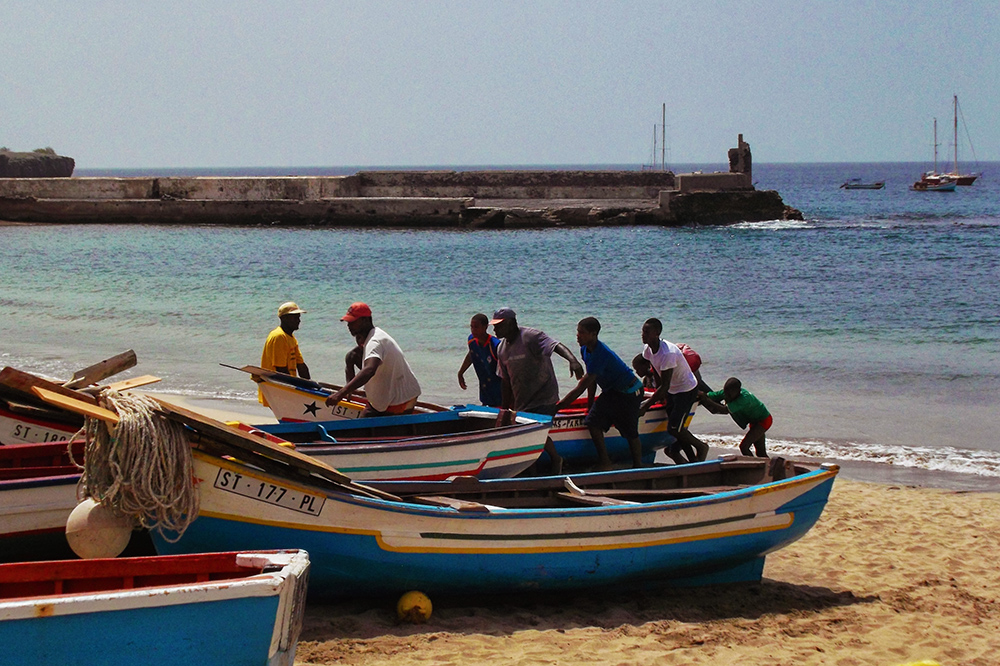
I get asked quite often which was my best trip and which has been my favorite country so far. How can I possibly answer such a question? How can I compare let’s say Italy to Vietnam?
Well, the pizza is tastier and the language is prettier in Italy.
Then again the Buddhist temples are bigger and the variety at farmers’ markets is more abundant in Vietnam.
Got the point? How could I ever compare?
Fortunately, I don’t have to.
But if someone pointed a gun to my head and made me choose, I would say Cape Verde. Cape Verde with its beauty, charm, and incredible variety is the secret star on my personal globe.
15 islands and countless tiny isles form the Atoll of Cape Verde. Nonetheless, only nine of those are inhabited.
What’s fascinating is the variety of the nine islands. Much to my regret I only visited five of them, and even among these five, the difference was amazing!
It’s as if each one of them stayed for an element – Brava for water, Boa Vista for the earth, Fogo for fire. However, there’s a refreshing wind blowing on all of them.
A Little Bit of History
Dark Years of Slavetrade
Until the Portuguese discovered the archipelago in the 15th century, it was uninhabited. Actually, it was the first European settlement in the tropics.
Due to its ideal location between Africa and the Americas, it was perfect as a trading post for the slave trade. After all, it’s located only 500 kilometers from the African west coast. The Africans were brought here from the mainland, “trained” to work and obey, and forwarded to the colonies.
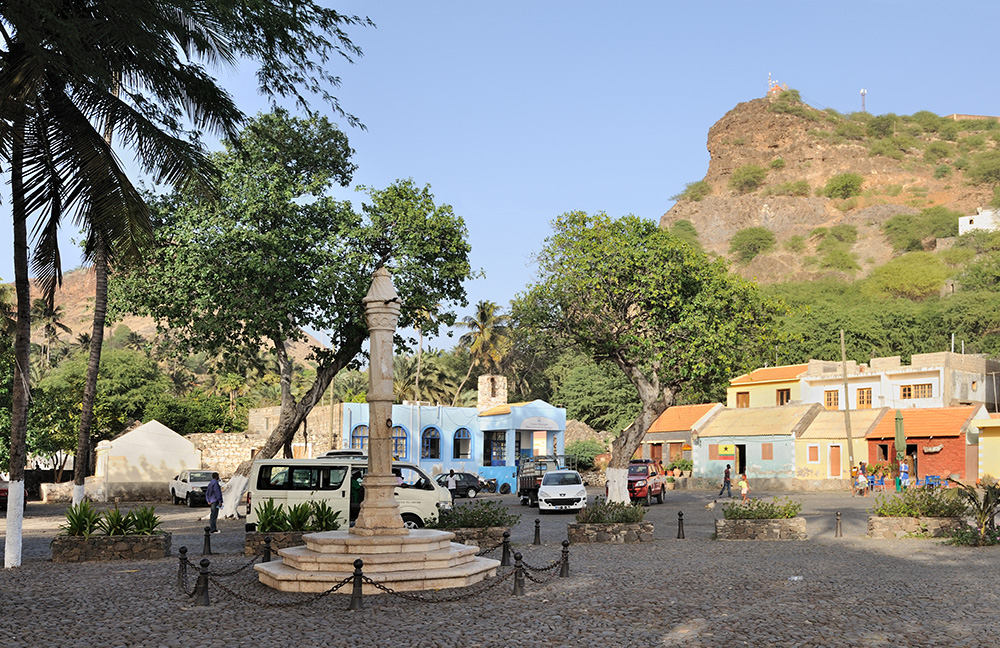
(Photo: Cayambe, Cidade Velha Pelourinho square b 2011, CC BY-SA 3.0)
Therefore, it grew prosperous during the following centuries until the end of transatlantic slavery in the 19th century.
People Come…And Go
After a short economic decline, Cape Verde, again, became an important stopover for shipping routes. Also, over the centuries, there was major immigration from Portugal and Madeira.
On the other hand, about 700,000 are living outside the country, many of them in the USA and, of course, in Portugal. Hence, there are more Cabo Verdians living in the diaspora than in the motherland.
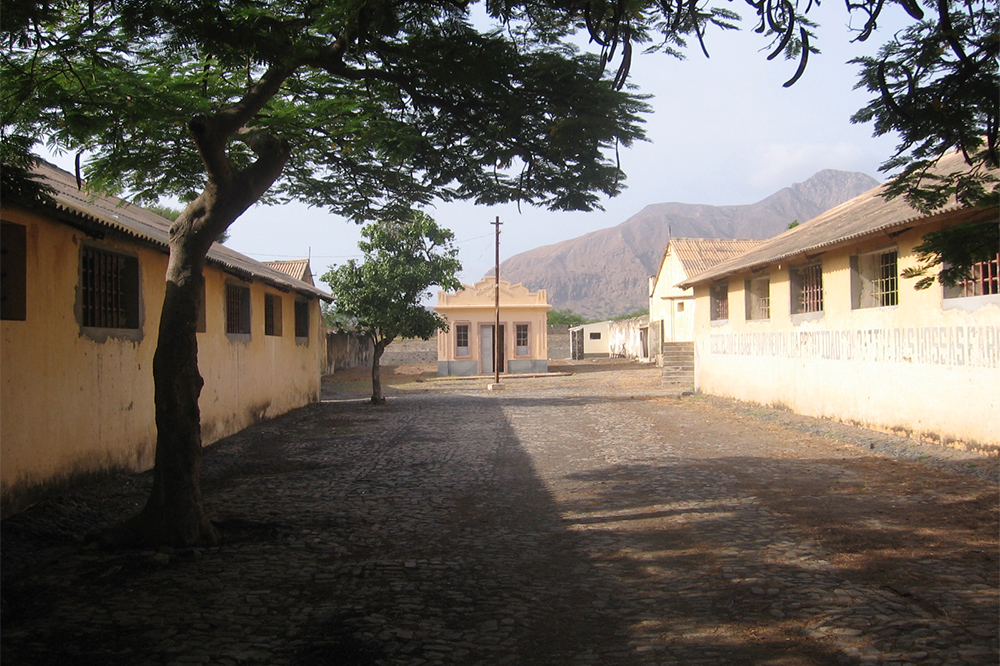
(Photo: CorreiaPM, TarrafalEdificios, cropped to 2:3, , CC0 1.0)
Seeking Independence
In 1975, following the Portuguese Carnation Revolution, Cape Verde achieved independence. Since then, it has always been governed by leftwing, intermittently Marxist, parties.
For thirty years by now, Cape Verde has been a stable representative democracy. In the democracy index of 2016, Cape Verde is number 23 of 167 countries – the best position within the African continent.
Practical Information
Getting There
I don’t presume that you are getting to Cape Verde by freight ship – and international flights are going to the Nelson Mandela Airport on the main island Santiago as well as to the most touristy isles Sal and Boa Vista.
Since many flights have a stopover in Lisbon, make sure to check out my post on how to spend 24 hours in Portugal’s capital because some layovers grant you a couple of hours to explore the city.
Getting Around
By Air
Once you are in Cape Verde, the most convenient way to travel from island to island is, obviously, flying. At this moment, the best option seems to be going by Binter, a Spanish airline serving mainly the Canary Islands, but also other destinations in that region, for instance, on the North and Northwest African mainland.
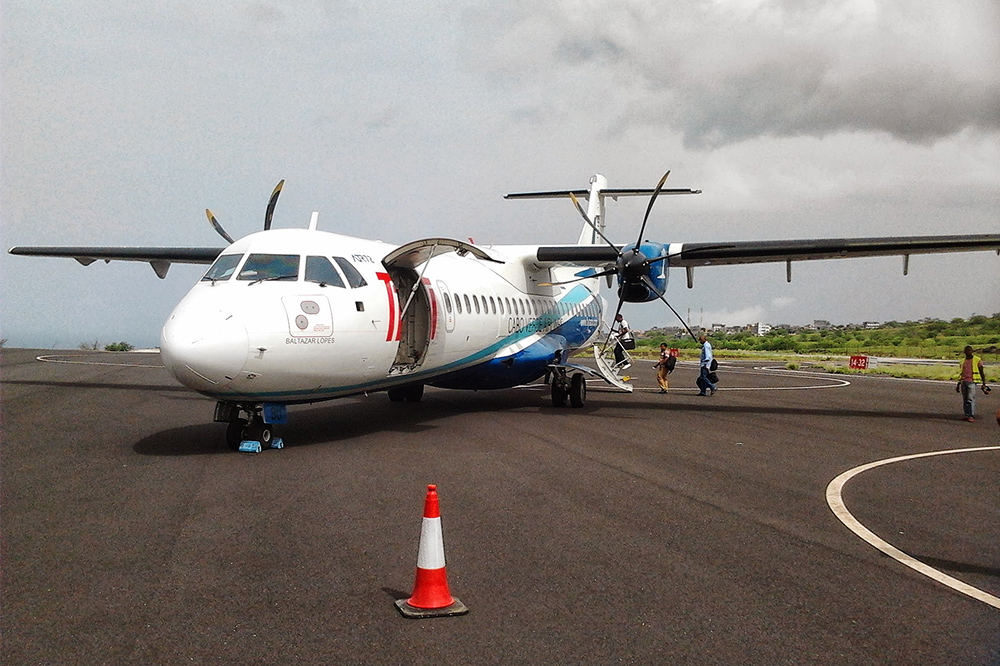
By Sea
However, not every island has an airport, hence, there are ferries connecting all the islands. Nevertheless, you might have to juggle your schedule a bit since the connections aren’t necessarily synchronized. I will not lie to you, if you don’t travel Cape Verde on an organized trip, your itinerary shouldn’t be too tight. It can also happen that an island cannot be accessed due to bad weather condition; and this can also be the case while you are on that island.
Most of the time, things are fine and everything runs smoothly, however, you should be aware of small unexpected bumps.
By Land
There is an okay system of public transportation on most of the islands. Mostly, there are mini-busses that cruise around a certain area until they find enough passengers. Eventually, they make up for the loss of time by racing like mad. However, before you go to a place, make sure that there will be a bus going back the same day so you don’t get stuck. Local people are very nice and helpful, so ask if you aren’t sure.
However, your first ride from the airport to your accommodation should be pre-booked and you can do so conveniently on this page*.
Where to stay
The Cape Verde islands are not a cheap country to travel to. You can compare prices to those in southern Europe such as Spain or Portugal. Especially cabs are not a bargain. Since they are not metered, you should agree on the price before your trip.
Also, you won’t get a great room at a cheap price.
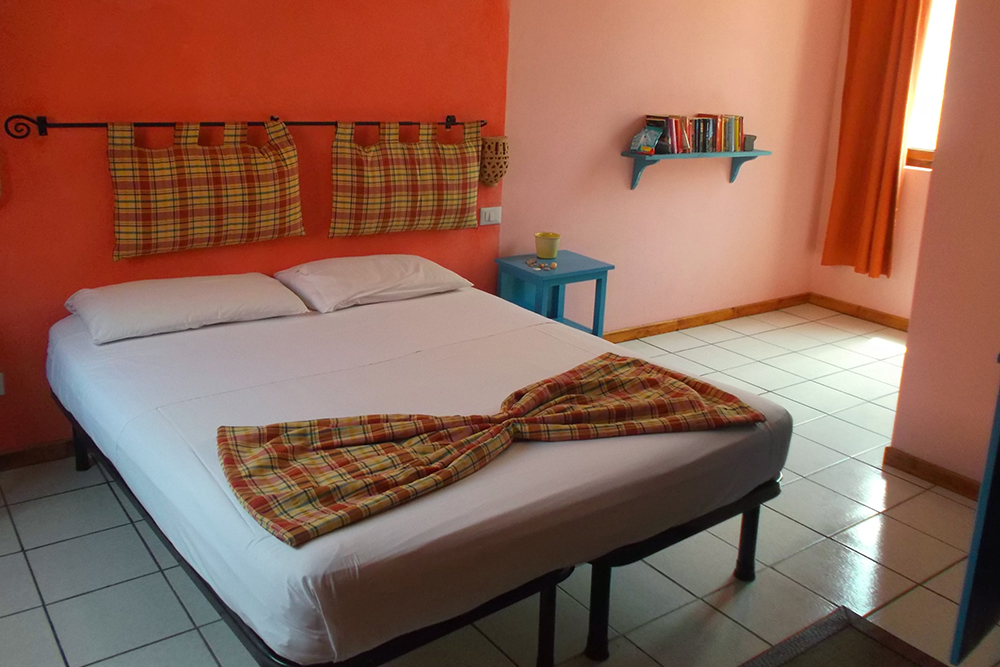
On this trip, I booked all the accommodations through booking.com – here you can check out the availability and rates of some great lodging options*:
Booking.comMoney
Another remnant from the Portuguese colonial times is the name of the local currency which is called – just like in Portugal until the installment of the €uro – Escudo respectively Escudo de Cabo Verde, abbreviated CVE. For 1 US$ you get 105 CVE, for a €uro 110 CVE (as per July 2022). You can check the current rate here.
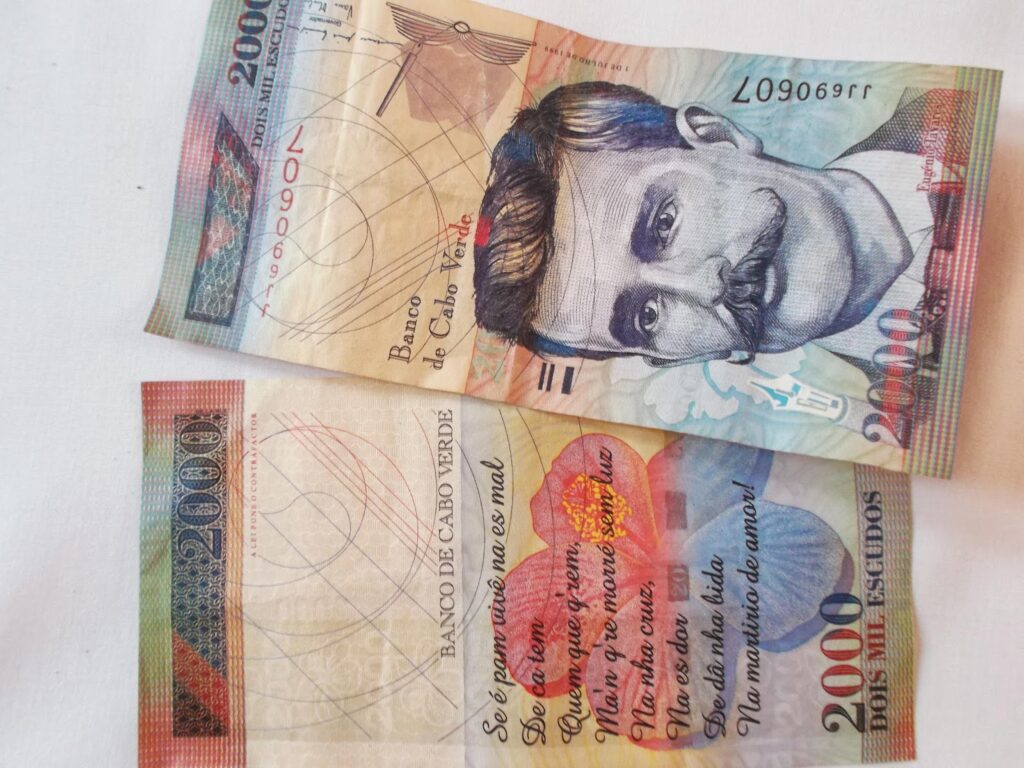
Credit cards are not as widely accepted as e. g. in Europe or Asia, even some small guest houses do take only cash. Some businesses add a small percentage if you pay by credit card – which can become a quite high amount if you pay for instance for a couple of nights at a hotel.
There are ATMs where you can get cash on all of the islands I’ve visited.
At least on the touristy islands such as Boa Vista and Sal you can also pay in €uro, however, there usually is a disproportionate surcharge. Pre-payment of hotels, for instance, is therefore advisable.
Language
As Cape Verde used to be a Portuguese colony, the official language is Portuguese, but people speak krioulo. This is a local patois and, like many dialects, differs a tiny bit even from island to island.
People do speak some English and French, but it is certainly helpful to have some basic knowledge of the local language.
Before my trip, I’d practiced using babbel. The first lesson is free and supplies you with the most important words to interact with people.
What to See
I’m an avid solo-travelling woman. Since solo travel doesn’t equal solitude, I love to join organized tours here and there. They allow me to meet fellow travellers – for just a short moment or a lifelong friendship.
Therefore, here are some great ideas of what to do during your stay in Cape Verde. Exploring the islands with qualified guides will help you make the best of your stay*:
Map
This is the route I travelled.
Five Islands
These are the islands I visited.
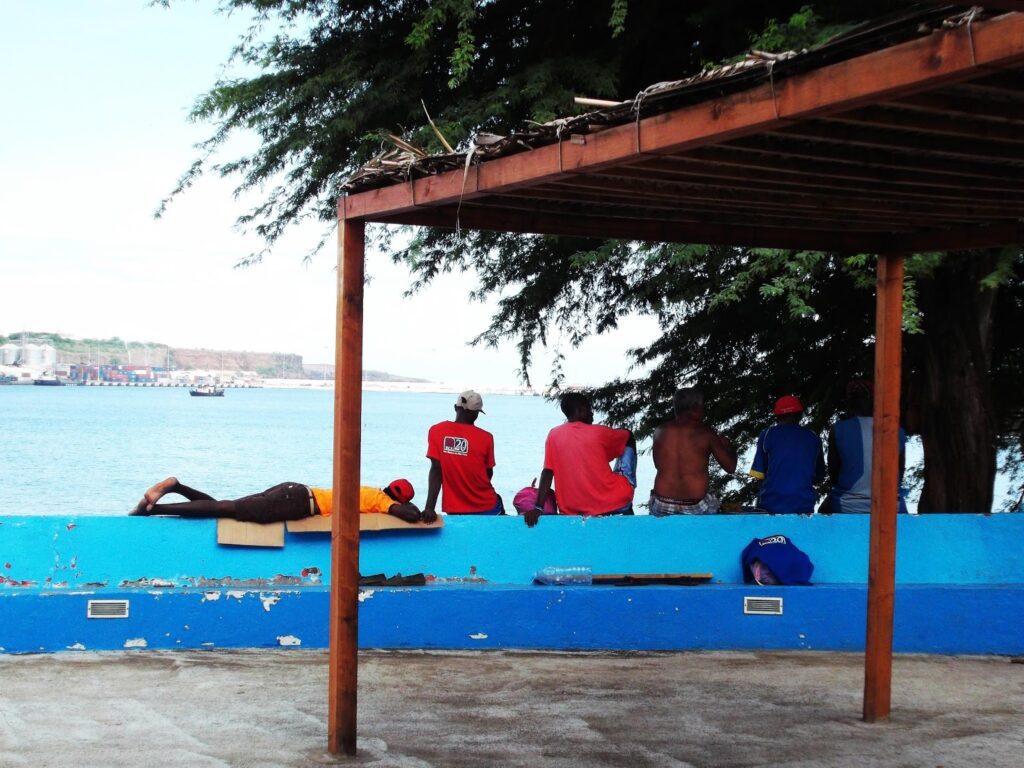
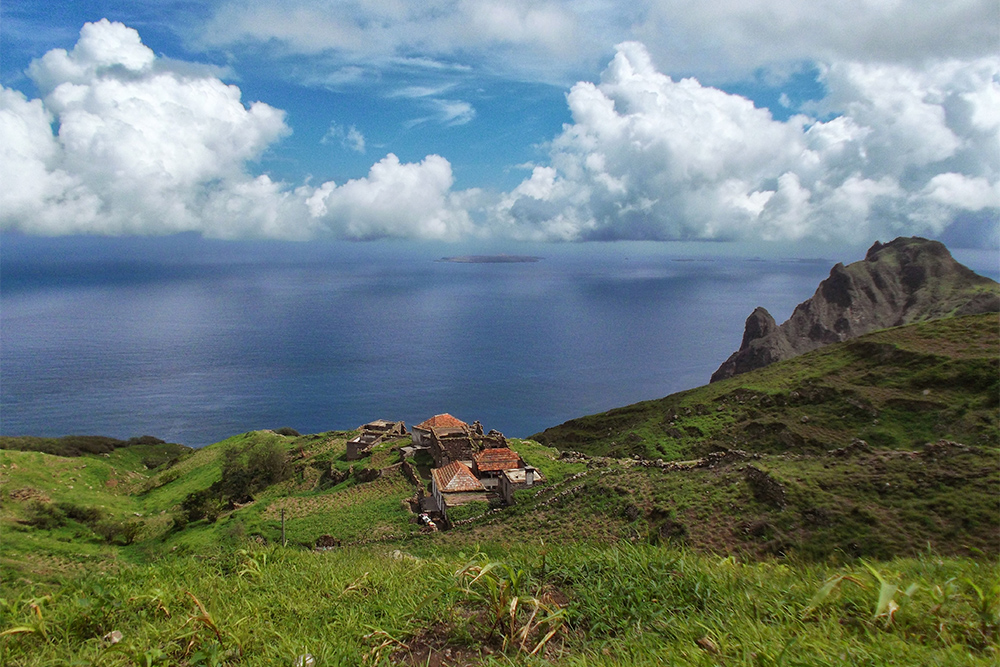
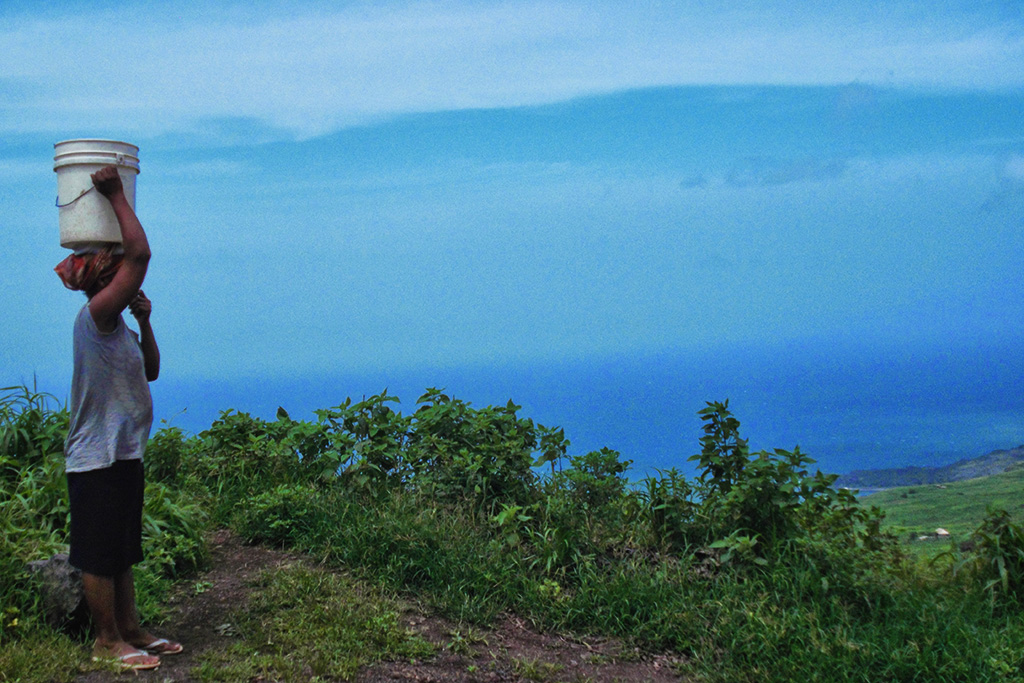
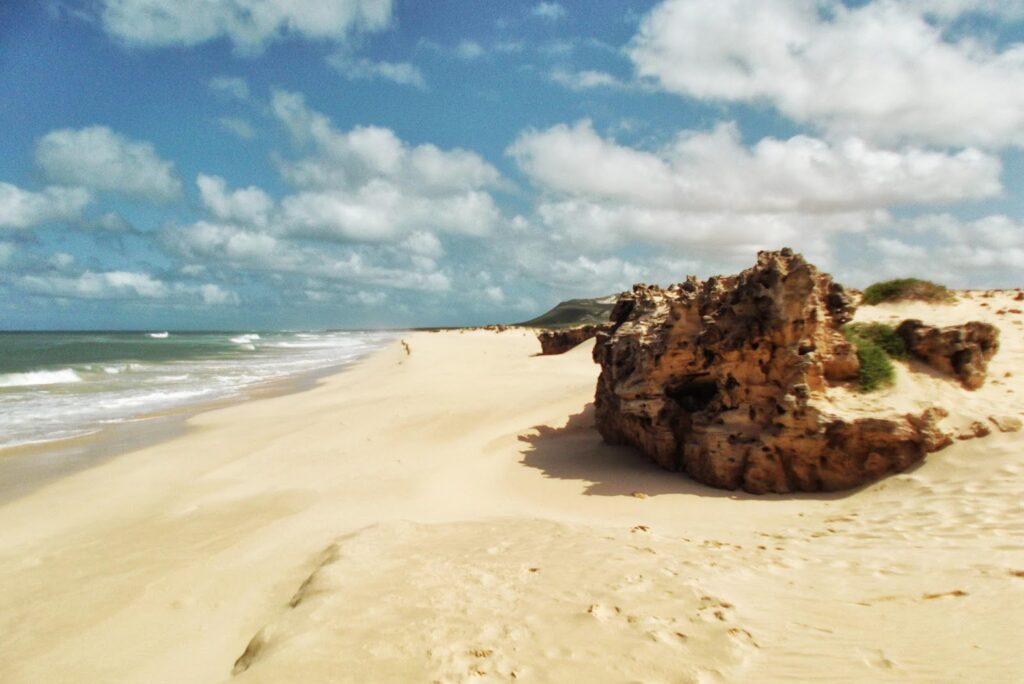
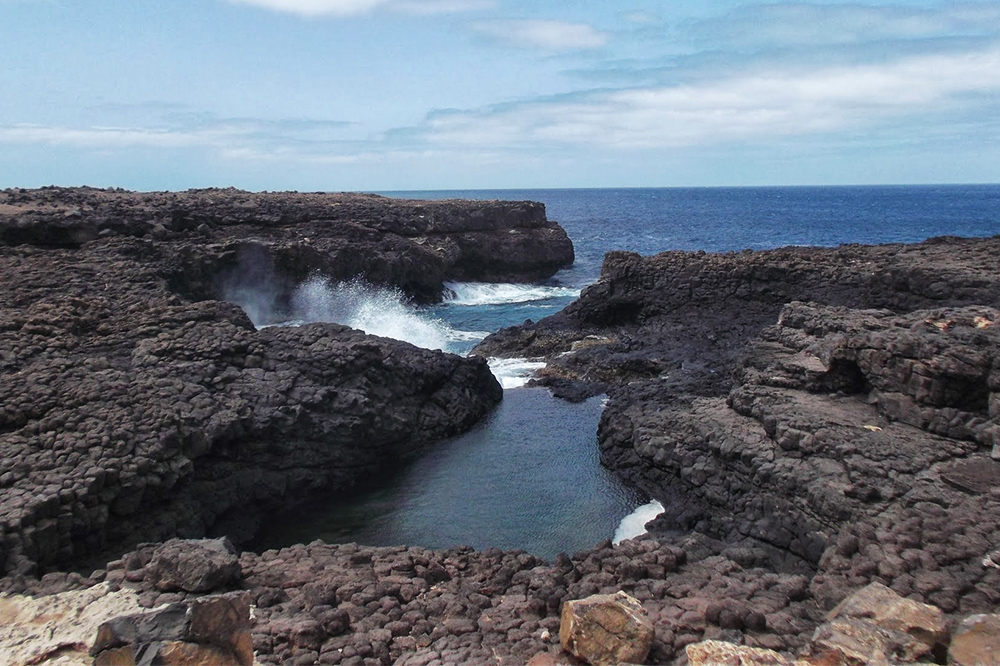
Pinnable Pictures
If you choose to pin this post for later, please make sure to use one of these pictures:
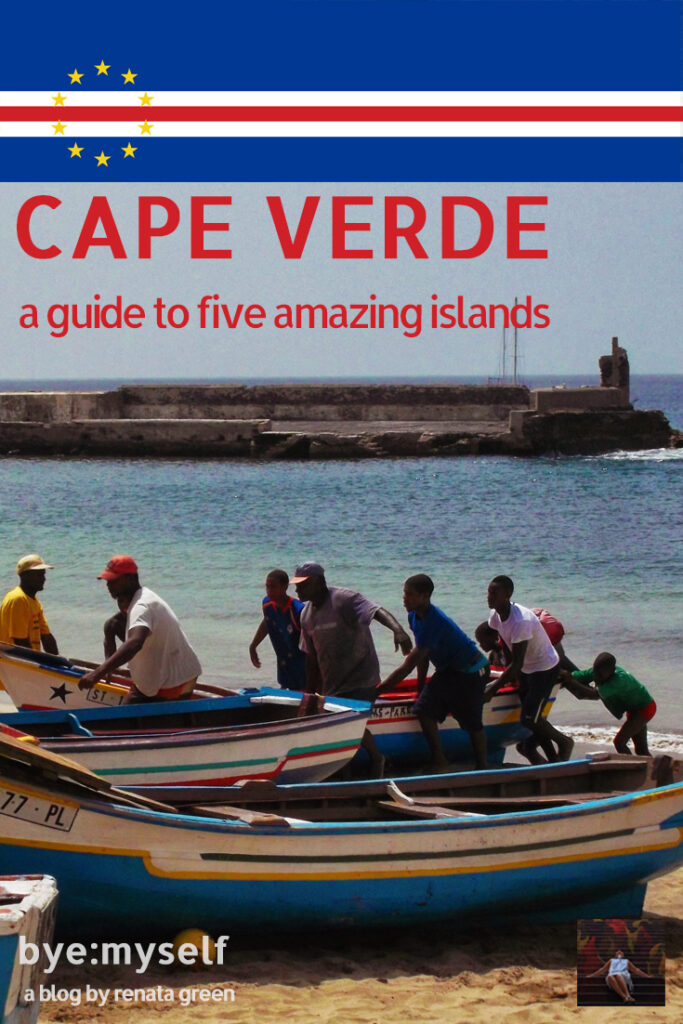
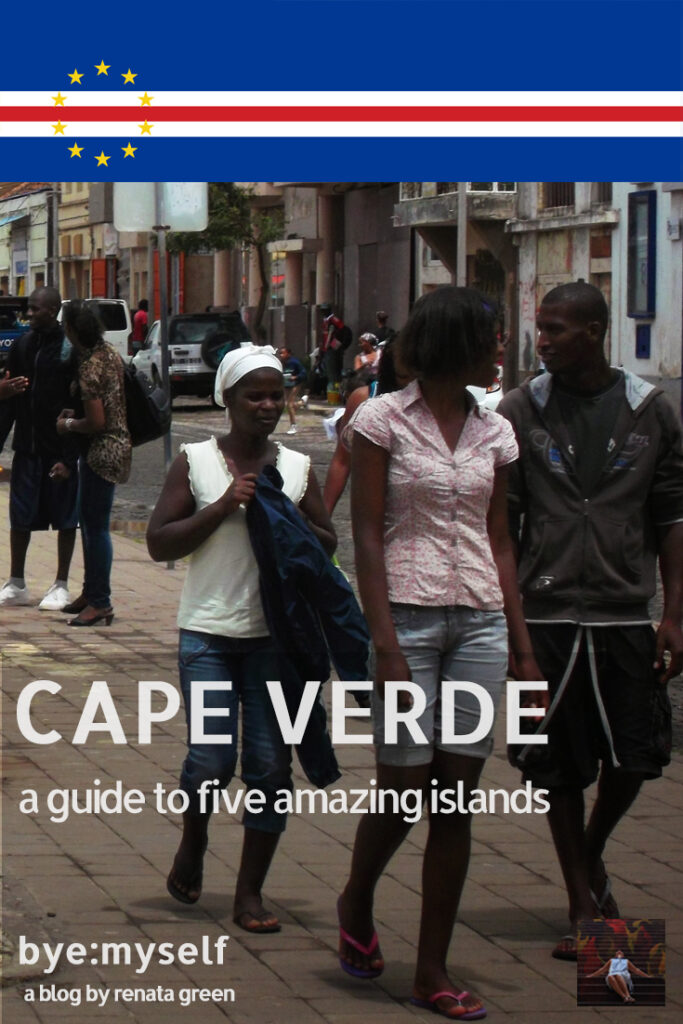
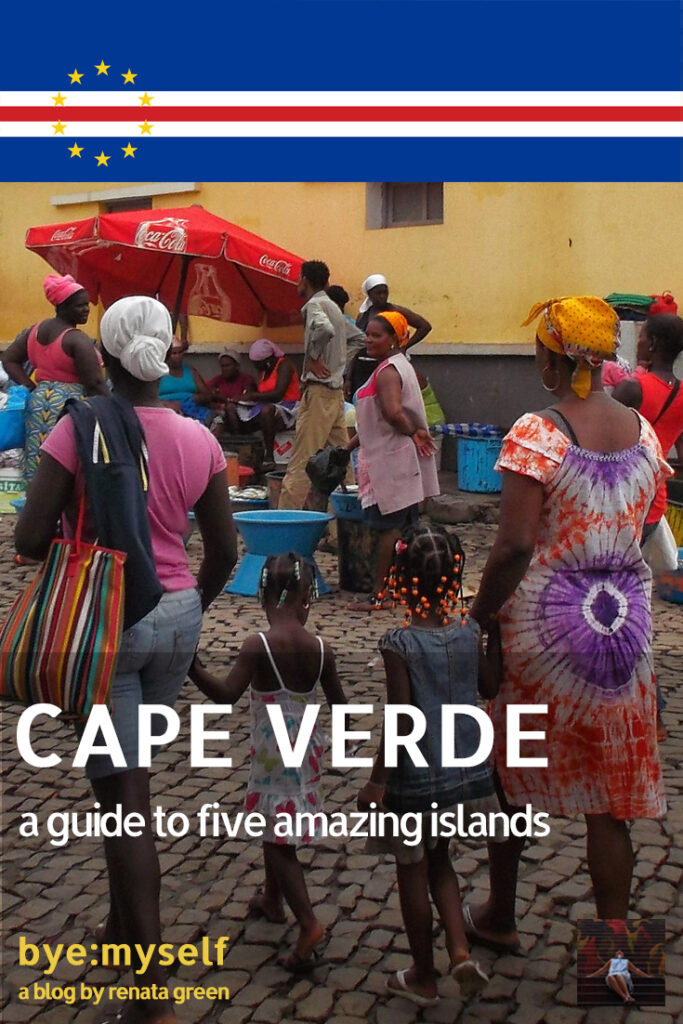
Did You Enjoy This Post? Then You Might Like Also These:
SITGES – a Posh Seaside Resort South of Barcelona
EL MEDANO – where not only the wind will blow you away
CUBA – the Complete Guide from Coast to Coast
From PORT d’ANDRATX to SANT ELM – Hike With a View
How to See the Highlights of LANZAROTE in Two Days
MALLORCA – the best easy hikes
PLAYA SANTA LUCIA – Cuba’s Secluded Tropical Paradise
KRABI and AO NANG – the Gateway to Paradise
Note: This post is being regularly completed, edited, and updated – last in November 2022
* This is an affiliate link. By clicking through this page, not only do you get the best rate, I only earn a small commission that helps me run this blog. Thank you so much for supporting me!
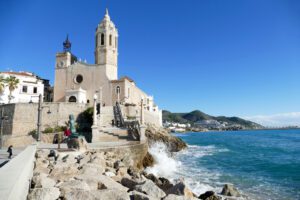
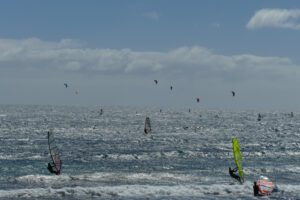
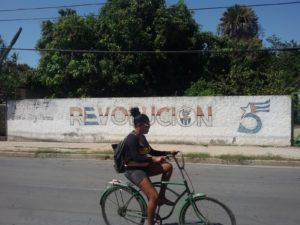
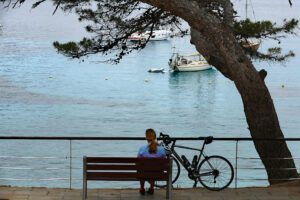
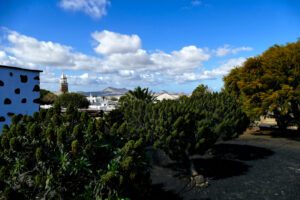

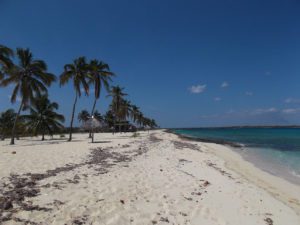
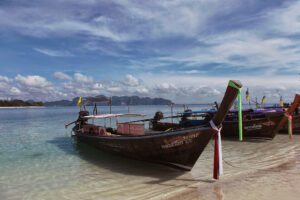
Thanks for yet another fantastic post. The place looks just amazing.
I have a trip to Morocco coming up and can really use this info.
Enjoy your trip! Morocco is wonderful!
Greetings! I’ve been following your website for a long time now and finally got the courage to go
ahead and give you a shout-out! This post on Cape Verde is just excellent and so helpful.
Just wanted to tell you to keep up the good work!
Thank you so much – Cape Verde was actually one of my very best trips so far 🙂
You had a great adventure and trip around Cape Verde. It’s great that you give so many valuable tips on organizing a trip because it’s a less popular destination. I love the music from Cape Verde so I would like to go to a concert. I hope to visit Santiago, Sal and Boa Vista.
Very nice article, just what I needed.
Glad you like it. Cape Verde is an amazing atoll, indeed
Hello, I want to say that this post is awesome, excellent written, and includes almost all significant info.
Thank you, I’m glad it has been helpful 🙂
Wow, awesome blog post! How long have you travelled those islands?
Thanx so much, glad you like it. I was there for about three weeks and visited five islands. Could have added one more…. 😉
Greetings I am so thrilled I found your weblog, I really found you by chance, while I
was looking for something else, Nonetheless, I am here now and would
just like to say many thanks for a remarkable post and an all-round entertaining blog (I also love the theme/design), Please do keep up
the great work
Thank you for your encouraging words 🙂
I don’t even know how I ended up here, but I thought this post is really excellent. You are definitely going to be a famous travel blogger – if you are not already.
Cheers!
I am intrigued to read about the history of Cape Verde; the fact that it was initially used as a place for slave trade due to its proximity to Africa, and became a Portuguese colony later, is interesting. I’d also really like to visit the islands you have mentioned about. I will bookmark your post for whenever I plan to visit the place because your guide is really comprehensive!
I’m glad you like it. Yes, Cape Verde has a very sad past – but today, it’s a wonderful place to visit.
I did not know Cape Verde used to be a Portuguese colony. It’s definitely a good place and would love to visit it someday
Theses islands look like a well hidden gem. I didn’t know they existed. I’m always learning something new from you.
Yes, they are still pretty much under the radar of international travellers.
Quite a short post from you. I was waiting to find out the stark differences among the islands. But very interesting to know about the existence of this historical archipelago.
The post is a general introduction to the archipelago. There are links to extended posts on the individual islands. I’m irritated that you haven’t noticed them. 🙁
Love those photos and share on this beautiful place, we wish one day our family can travel there too!
I would love to visit Cape Verde. It seems like a beautiful island place! There is so much nature as well history, I love that!
I did not realize that Cape Verde was so big and that there were actually 5 different islands. So fascinating that you would put Cape Verde up a the top of your favourite places to visit. Good to know you can hop from island to island by plane. Those mini buses though sound like a wild ride.
There are not five, there is an incredible number, however, nine are inhabited.
very detailed guide here sharing these 5 amazing islands, thanks for this sharing. cheers, siennylovesdrawing
I have always wanted to visit Cape Verde. It’s a place that’s rich with so much history.
I would love to visit there. I want to visit more of Africa — so far my visits have focused on Eastern Africa. Thank you for this information!
Continental Africa is high on my list, too – particularly Tanzania.
Wow, I love its history. The place is so beautiful and the beaches are attracting me to come. Hope to visit this place one day.
Well, I’d say the history is rather dark…however, today, it’s definitely a wonderful place 😀
It would be nice to visit Africa, one day. If and when that happens, it will be a dream come true.
Totally agreed! I think Cape Verde is the perfect start, though 😉
Looks incredible, would love to vacation on those Islands !! Beautiful
It was one of my most beautiful trips so far 😀
I feel silly saying this, but I never knew these beautiful island even existed. Thanks for opening my eyes to this gorgeous location iand all it offers
No need to feel silly – they are pretty much under the rader…which makes them so awesome! 🙂
That’s a beautiful island and those amazing beaches. I had read about this place when I was studying travel and tourism.
Oh good. It’s still pretty much under the tourists’ radar – even the two most touristy islands 🙂
Oh my god! I love Cape Verde. Would love to visit it someday!
For a reason – it’s fantastic! 🙂
I would love to visit Cape Verde, it is very beautiful and those beaches are awesome! My kind of place!
This place looks quite amazing and also the slave trade history kind of amuses me. I love visiting such places which offer a great balance of adventure and culture too.
It is amazing, however, the slave trade was very far from amusing…
That room at Boa Vista is too freaking cute!
…and it was five minutes from the most beautiful beach! 🙂
I am always going to be a big fan of trying to go to any and every island that I can – totally love this!
Oh I would absolutely LOVE to travel to Cape Verde someday. What an adventure! Great post! The money looks so cool!
Wow Ive never even heard of this place , looks stunning! Definitely saving and sharing with ny husband.
Yes, it’s actually not that famous – which makes it even nicer 😉
Id love to visit Boa Vista! Looks amazing!
Boa Vista was the most relaxing of them all – Robinson should be sooo jealous 😀
I’ve never considered visiting Cape Verde, but your blog definitely made me add it to my bucket list. Thanks for the insightful information here, especially sharing about the history.
You won’t regret it – I promise! 🙂
Thank you so much for sharing this amazing post. I’ve never been there but I’d really like. There are so many good info into your guide. Saved for my next trip. – Paolo
I have never heard of Cape Verde until now. Africa is likely my favorite continent to travel, so a “light version” may not be what I need, but it sure looks freakin awesome. I’d love to hit the beach and explore this place in the future.
I like reading the history of the island and how it’s evolved now. Your candid descriptions were helpful too.
what is the best place to stay in Cape Verde? What is the best island for holidays and tourism in Cape Verde?
Well, that strongly depends on what you like to do. For beaches, definitely Boa Vista and Sal. For hiking, rather the Islands further north. Santiago is a great mix – and the most African one.
I am wondering which place was left untouched by Portuguese. Portuguese had ruled India and still we got to see remnants of Portuguese colonies. Such a fascinating thing! You have explained very well about Cape Verde. Definitely a place to explore by myself 🙂
That’s true – I was surprised to find so many remnants of the Portuguese past around Asia. Funny how their global importance declined.
Capre Verde definitely looks the kind of place I would love to stay in for a long time. Love your picturs
I think you could stay there for months and not getting bored.
Cape Verde seem like an affordable palce to stay in. I absolutely also love your writing style
Though,the Cape Verde islands are not a cheap country to travel to, but I guess it is really worth it because of its innate beauty and charm that you'd surely love to stay even longer. I love that you share a comprehensive guide about Cape Verde, since it is really a great help for first timer visiting this amazing place in the world.
Hi Anthony, like I wrote, only nine islands can be visited (and a tenth one only with a guide if you have a special permission).
I visited five in three weeks, but spent too much time on the beach in Boa Vista, so I'd say six in three weeks if you do want to appreciate them: three days Sao Tiago, one to two days Brava (no airport, accessible only in good wheather conditions), three days Fogo (or even more…), Boa Vista has great beaches, so it depends on how long you want to hang out on the beach, Sal is the most touristy, but still ok – great beaches here, too, but also other things to see (in one day tour, though). These are the ones I've visited. Sao Vicente is known for its great cultural life, Sao Nicolao and Sao Antao for great hiking – I would schedule three days for the first one and at least two days each for the two latter ones.
The food was not great. They have this traditional national dish that consists of chicken peas with some stuff, you get it either steamed or fried and it's dull. They have the tendency to boil veggies to death and they don't use much spices.
Since they are European (mainly from Italy) and African (e. g. from Senegal) expats, you can be lucky to get some better food, but the local food…not good.
Hope this helps. In case of further questions, just ask away!
Sorry, forgot Maio: tiny beach-island, no airport neither. I'm not sure if there is a regular ferry service there. Anyway, ferries are prone to be delayed or canceled due to bad weather conditions.
15 Islands would take sometime to visit any idea how much time a person should allocate to seeing all the islands?
What was the food like there? Do they have a distinct cuisine style? From experience I have found that islands have a tendency to develop their own regional style and flavours. We would love to know more about what Cape Verde tasted like.
Thanks for sharing. Keep travel blogging. Adventure is better shared with friends!
Nope, you don't. And I definitely will be back to see the rest of it, three weeks were far too short. ???
15 islands and countless tiny isles!! That's a tour you can't get bored!!
Cape Verde was one of my best travels ever. Yes, the beaches – especially on Boa Vista, but also on Sal – are unutterable. Gogogo!
I'm so envious that you've visited Cape Verde. It seems like such a unique place and I hear the beaches are fantastic!